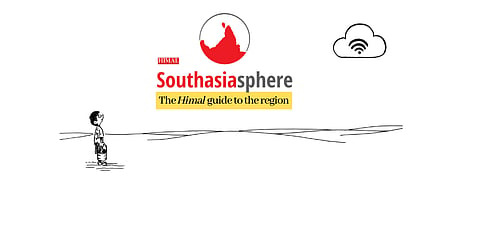Illustration by Gihan de Chickera.
Podcasts
Southasiasphere: Issue #6
Digital divide in online classes, long-term impact of Cyclone Amphan, and more.
This week in Southasia:
CROSSBORDER
Machine learning
The COVID-19 outbreak has resulted in school closures across the world. Globally, over 1.2 billion children are out of the classroom. In Southasia that number is approximately 442 million.

